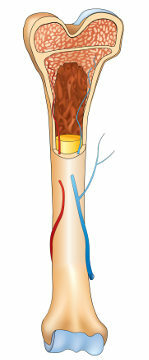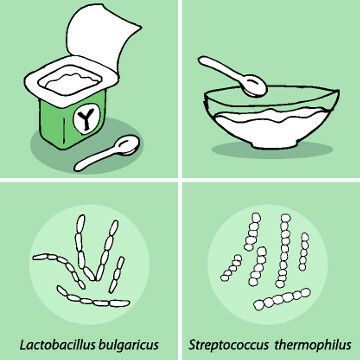White colored, resistant and rich in calcium, teeth have characteristics that make them similar to bones, right? However, the tooth is not a type of bone. Let's understand the difference?
Youteeththey are made up of various minerals, such as calcium and phosphorus. These same minerals are components of bones, but in them there is also a protein called collagen. Due to the presence of this protein, bone becomes flexible, unlike teeth, which are very rigid structures.
Teeth are made of connective tissue called dentin, which is highly calcified and very resistant. Overlying this tissue is a hard, white layer called enamel, considered the most rigid substance in the entire body. When a tooth breaks, it cannot be regenerated, unlike bones.
Bones, as we all know, are formed by bone tissue, which is living tissue and quite complex. Throughout development, bones are remodeled and, when damaged, can regenerate. It is noteworthy that bone tissue has three types of cells: osteoblasts, who are responsible for forming the matrix;
osteocytes, which are mature osteoblasts; and the osteoclasts, that act in the remodeling.
Bones have a marrow capable of producing blood cells
In addition to the composition and regeneration capacity, another important difference between bones and teeth is that, in bones, there is blood cell production (hematopoiesis or hemopoiesis) inside it, in a region called the bone marrow. In teeth, this production is not observed, although the pulp, which is located more internally in the dentin, visually resembles the bone marrow.
Curiosity:Scientists at Harvard University are studying techniques to induce full tooth regeneration. So far, researchers have managed to regenerate dentin. The procedure used by the group is based on stem cell stimulation.
By Ma. Vanessa dos Santos


